To accompany your Come Follow Me study for January 31-February 6
In addition to reading these chapters, you may want to
- Read Genesis 4-11 from the Old Testament Institute Student Manual at https://www.churchofjesuschrist.org/study/manual/old-testament-student-manual-genesis-2-samuel/genesis-4-11-the-patriarchs?lang=eng
- Read the Joseph Smith Translation additions to Genesis 9 at https://www.churchofjesuschrist.org/study/scriptures/jst/jst-gen/9?lang=eng
- See the video New Media Bible Genesis Project – 02 Noah and the Flood at https://www.youtube.com/watch?v=oKLkIA–ZPY&list=PLHdHfiwn51u7X7wLjeL_8E2L-11jkm77I&index=4
- See the video Come Follow Me LDS 2022 (Jan 31-Feb 6) Genesis 6-11 & Moses 8 | Noah and the Tower at https://www.youtube.com/watch?v=onfO93kewkY
- See the study aids from Book of Mormon Central at https://bookofmormoncentral.org/come-follow-me/old-testament/come-follow-me-2022-genesis-6-11-moses-8
If you would like a Kahoot game related to this material which you could use for personal study or use with your family or your class, click here: https://create.kahoot.it/share/genesis-6-11-and-moses-8/057118b9-153c-420f-b69c-dccaf3bfa110
Points to Ponder in Genesis 6-11 and Moses 8
1. We read in Genesis 6:2-4 that “the sons of God” married the “daughters of men.” Some Bible commentators have understood this to mean that angels from the spirit world cohabited with mortals. What reason do Latter-day Saints have to reject that interpretation?
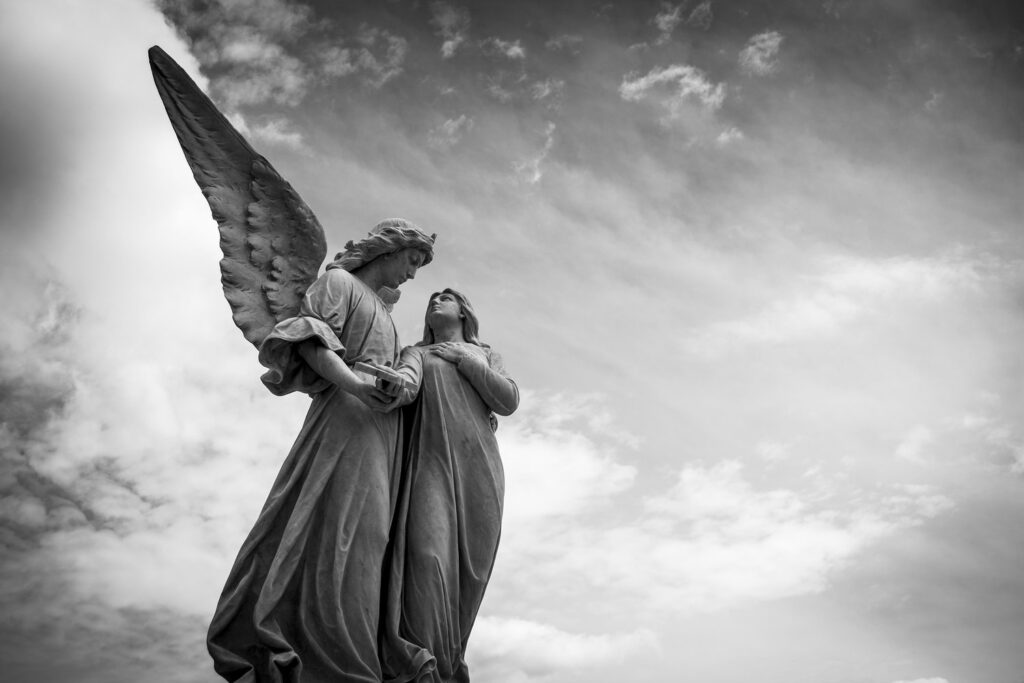
2. Why was the Lord evidently displeased that the “sons of God” married the “daughters of men”? (Genesis 6:2-4.) Whom else could they have married?
3. What two major justifications for the Flood can you find in Genesis 6?

4. Genesis 6:6 makes it sound like the Lord was sorry he had made man. How do we know that wasn’t so?
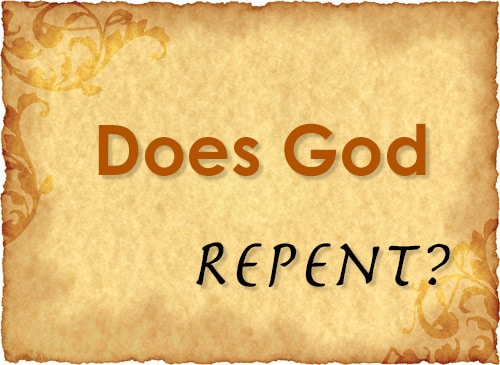
5. What do you believe are the main points the Lord would want us to remember from the Flood story?

6. Can a Latter-day Saint be considered worthy of a temple recommend if he believes the Flood was merely a local phenomenon and that the entire earth was not all literally submerged at the same time?

7. What are some of the arguments those who doubt there was a universal flood could put forth to defend their point of view?

8. What arguments could believers in a universal flood put forth to defend their position?

9. How could a loving God not only allow but cause the wholesale misery and death of almost all of his mortal children, including innocent babies?

10. Joseph Smith–Matthew 1:41 tells us that “as it was in the days of Noah, so it shall be also at the coming of the Son of Man.” What parallels do you see between those times and ours? What is our modern equivalent of the ark?
11. How long were Noah and his family on the ark? What special challenges would this have posed to them?
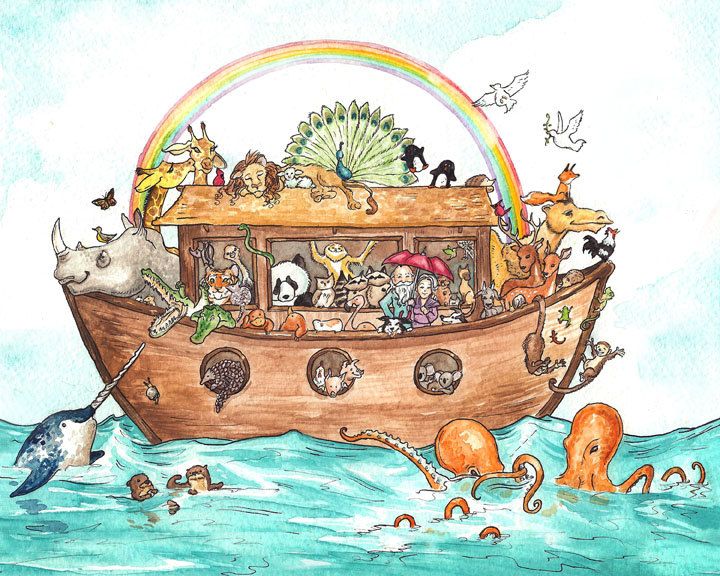
12. In Moses 8:12 Noah is 500 years old. Moses 8:17 suggests man would have 120 years in which to repent, but the flood came when Noah was 600 (Gen. 7:6). Why would the Lord cut 20 years off the time He gave men to repent?

13. Sometimes we hear a rumor that one of the predicted signs of the latter days is that the seasons will become indistinguishable. What do you see in Genesis 8 that would tend to support or refute that notion?
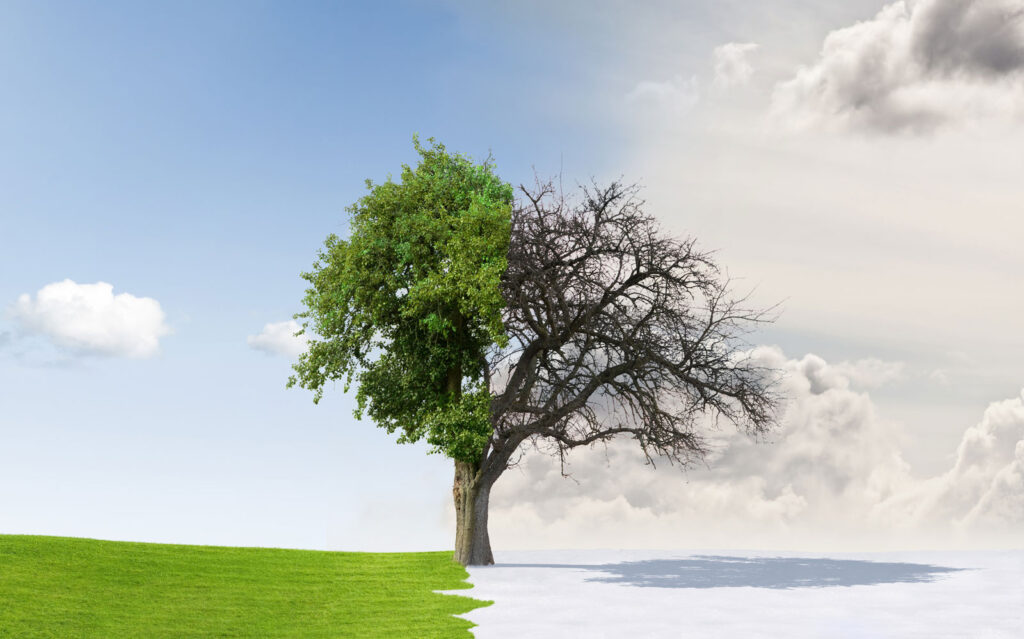
14. How could Noah be perfect? (8:27) Wasn’t Jesus the only perfect man?
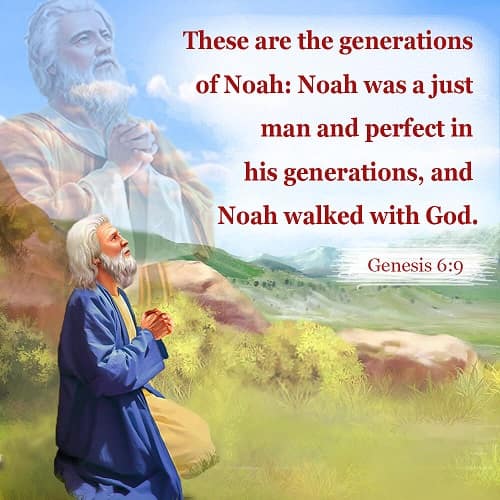
15. What else do Latter-day Saints believe about Noah and other names or titles by which he has been known?
16. What is new about the instruction the Lord gives Noah’s family after they emerge from the ark?
17. What limitations did the Lord put on hunting?

18. Does Genesis 9:13 mean there were no rainbows prior to the Flood? What greater meaning should the rainbow have for Latter-day Saints than for Jews and Christians generally?

19. What sense can we make of the story of Noah’s garment in Genesis 9:21-27?
20. What was so wrong with the idea of a tower which would reach the heavens? Don’t we encourage our members today to prepare for natural disasters? And to get as close to heaven as we can? What else is worth remembering about the Tower of Babel story? (Genesis 11.)
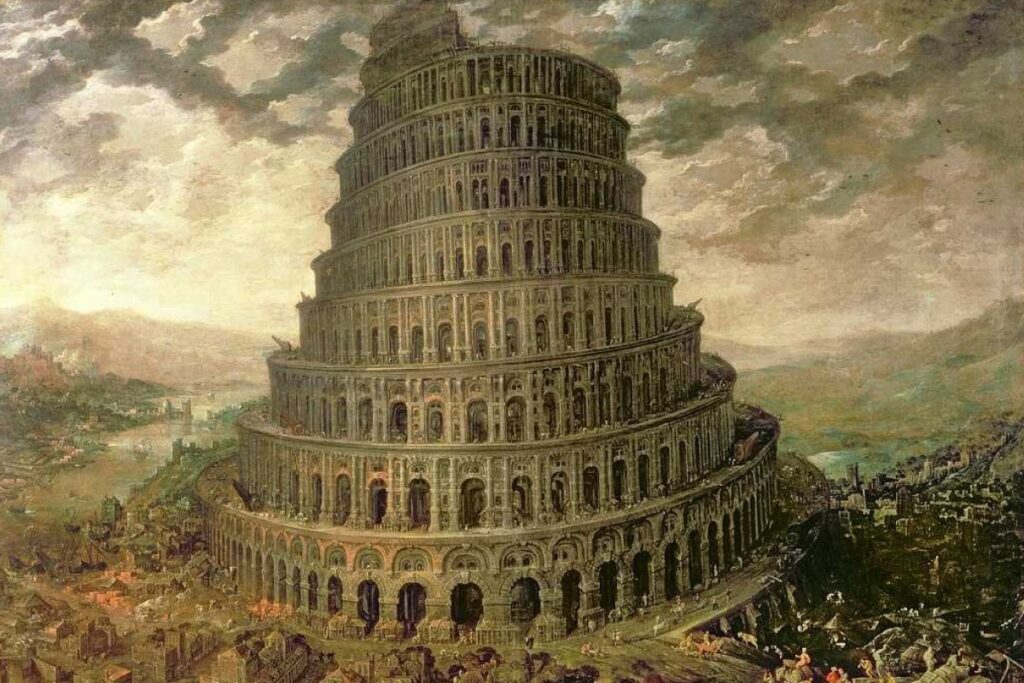
Possible Answers to Points to Ponder in Genesis 6-11 and Moses 8
1. We read in Genesis 6:2-4 that “the sons of God” married the “daughters of men.” Some Bible commentators have understood this to mean that angels from the spirit world cohabited with mortals. What reason do Latter-day Saints have to reject that interpretation?
Moses 8:13 makes it clear that these “sons of God” were simply Noah’s mortal posterity, not supernatural beings.
2. Why was the Lord evidently displeased that the “sons of God” married the “daughters of men”? (Genesis 6:2-4.) Whom else could they have married?
This was evidently a case of God’s covenant people marrying outside of the faith. This is always a recipe for trouble. The “sons of God” should obviously have looked for some “daughters of God” to marry. In our day, prophets have consistently urged Latter-day Saints to marry within the faith, for two critical reasons:
- Religious differences can cause serious marital disharmony here and now.
- Even more importantly, only a marriage solemnized in a Latter-day Saint temple can endure beyond the few short years of “until death do you part.”
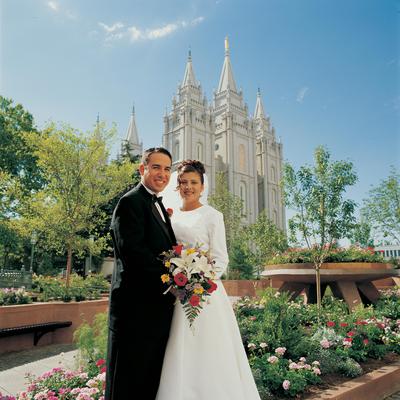
3. What two major justifications for the Flood can you find in Genesis 6?
- 6:5, 12: The wickedness of man was great in the earth, and … every imagination of the thoughts of his heart was only evil continually” and “all flesh had corrupted his way upon the earth.”
- 6:11: “The earth was filled with violence.” This was not just “peaceful” corruption, but the wicked were seeking the lives of the righteous, including Noah. (See Moses 8:18.)
4. Genesis 6:6 makes it sound like the Lord was sorry he had made man. How do we know that wasn’t so?
Moses 8:25 makes it clear that it was Noah, not the Lord, who was sorry God had created man. God knows all things from the beginning and is the same yesterday, today, and forever, so it would make no sense to suggest He had changed His mind on the subject.
5. What do you believe are the main points the Lord would want us to remember from the Flood story?
Probably that:
- There are limits to God’s patience.
- There are both temporal and eternal consequences for sin.
- It is important to listen to God’s prophets.
- The Lord will protect and preserve the righteous.
6. Can a Latter-day Saint be considered worthy of a temple recommend if he believes the Flood was merely a local phenomenon and that the entire earth was not all literally submerged at the same time?
Certainly. That is not one of the questions asked in the temple recommend interview. I was initially a bit bewildered decades ago to find that my geology professor at BYU was both a doubter of the idea of a universal flood and a member of our stake high council. But I came to understand that there are persuasive arguments on both sides of the question and that the Lord is much more concerned about our faith and obedience to Him and our love for our fellow men than in our beliefs on historical questions. Joseph Smith emphasized that it doesn’t prove that one is a bad man just because he errs in doctrine. It’s fine for us to have strong feelings about the correctness of our own interpretation of the scriptural record as long as we are willing to fellowship with those who may have a different point of view.
7. What are some of the arguments those who doubt there was a universal flood could put forth to defend their point of view?
- There is simply no compelling geological evidence of such a catastrophe on a worldwide scale, though evidence can be found of more limited floods.
- There is not enough water in the whole world to cover the entire earth, including Mt. Everest. Forty days and forty nights of rain wouldn’t begin to reach such a depth. In fact, if all the water in the atmosphere were to condense and fall as rain, it would amount to only two inches worldwide.
- It stretches credulity beyond acceptable limits to think of eight people collecting two or seven of every species of animal, along with enough food for a year’s journey, and then feeding such an unwieldy assemblage and attending to matters of sanitation, etc., for the same year.
- As great a problem as that of collecting the animals in the first place, from all parts of the world, would have been that of relocating them afterwards onto all continents, when those continents were separated by vast stretches of water.
- To suppose that all current species of animals, in all their variety, could have descended from the relatively few that could have been accommodated on the ark, and to assume that all races of men could have descended from the same family of eight within the past five thousand years or less, requires too great a stretch of the imagination.
- The words “all” and “every” in the Bible do not always have to be taken literally. For example, see Gen. 41:57; Deut. 2:25; 1 Kings 18:10; 10:23‑24; and Matt. 13:32 for examples of exaggeration for the sake of emphasis.
- No conclusive evidence exists that the object claimed to have been sighted on Mt. Ararat is even related to the ark. Documentation is as good for flying saucers, a hollow earth, and other far‑fetched notions.
- A worldwide mixing of fresh and salt water would have been disastrous for fish.
- The legends found in Babylonia and other ancient literature, predating the flood story in Genesis, are so similar to the biblical version as to suggest that the Genesis story was borrowed from pagan sources because of its value as a kind of allegory rather than as actual history.
- God normally works in more natural ways and with less spectacle than a literal reading of the flood story would permit.
- There is no evidence that the earth is under the same obligation to be baptized by immersion that accountable human beings face. We don’t baptize young children, the mentally retarded, or animals, for example. Is the earth under a greater need for baptism than they?
- Among those denying the universality of the flood are found prominent Latter-day Saint scientists, who see no conflict between their religious faith and their scientific conclusions in this area.
8. What arguments could believers in a universal flood put forth to defend their position?
The following points are more illustrative than comprehensive:
- The biblical account is unequivocal. “All the high hills that were under the whole heaven, were covered.” (Gen. 7:19) “All flesh died that moved upon the earth…. And Noah only remained alive, and they that were with him in the ark.” (Gen. 7:21, 23. See also Moses 7:43.)
- Jesus referred to the flood as an actual historical event. (Matt. 24:39.) So did other biblical writers. (Is. 54:9; 1 Peter 3:20)
- The scriptures indicate that from Noah descended all the families of the earth. (Moses 7:45.)
- The Book of Mormon indicates that “after the waters had receded from off the face of this land it became a choice land of the Lord.” (Ether 13:2) The flood could hardly have been limited to Mesopotamia if the American continent was also covered. Ether 6:7 indicates that the very real Jaredite barges were similar in some respects to the equally real ark of Noah.
- The Lord’s promise that “the waters shall no more become a flood to destroy all flesh” (Gen. 9:15) would have little meaning if only a local flood were involved, since limited disastrous floods have occurred since that time.
- An ark with two or more of each kind of animal would have been needless if only a limited flood were involved.
- During the 100 years of preparation, it would have been much simpler for Noah’s family simply to have moved to higher ground.
- The many ancient traditions concerning a flood are evidence of the reality of the event.
- Evidence exists that the ark is still on Mt. Ararat, where it is claimed in scripture to have landed. (Elevation is 13,000 feet on one possible peak and 17,000 feet on another, suggesting more than a mere local flood!)
- The fact that it was a year after the beginning of the flood before Noah could leave the ark again suggests more than a limited deluge.
- A partial deluge would not satisfy the requirement that the earth, as a living organism, was to be baptized by water anciently just as it will later be baptized by fire. Brigham Young declared, “The earth…has been baptized with water, and will, in the future be baptized with fire and the Holy Ghost, to be prepared to go back into the celestial presence of God.” (Discourses of Brigham Young, 603.)
- The Tower of Babel story and the subsequent dispersion of the people is based on the idea that all living people were in one location‑‑an unlikely circumstance if the flood had not been universal. (See Josephus, Antiquities, book 1, chapter 4.)
- Ether 2:1‑3 and 6:4 shows it was necessary for Jaredites to bring animals back to this continent, presumably because their predecessors had perished in the flood.
- The scriptures never claim that only currently observable natural processes caused the flood. And if it was a miracle, it shouldn’t have been too hard for the Lord to find enough water for the task or to get rid of it afterwards. In addition to the 40 days of rain, the “fountains of the great deep were broken up,” evidently providing additional water for the event. And since the average depth of the oceans is 13,000 feet compared to a 2,300 foot average height for the land area of the earth, and since the oceans occupy 2 1/2 times as much area as does the land, simply raising up the ocean floor and/or lowering the mountains (which may not have been so high at the time anyway) would have easily submerged all the land area. Psalms 104:6‑9 and Moses 7:14 suggest just such a possibility.
- It is quite possible that many of the animals hibernated during the flood, requiring little in the way of food. (Some ancient traditions speak of it being very cold during the time of the flood.) The animals’ coming into the ark was clearly a miraculous event, as they “came” to Noah, and were not simply hunted down and captured by him. Calculations show the dimensions of the ark to have been more than adequate to accommodate ancestors of all currently known animal species.
- Uniformitarianism is not the only explanation for this earth’s geology. The Book of Mormon bears witness of cataclysmic changes at the time of the crucifixion of Christ, and the scriptures tell of further changes to precede and accompany the Second Coming. It is suggested in 2 Peter 3:3‑7 that misguided uniformitarianism would be one of the intellectual errors of the last days.
- The Latter-day Saint teaching that the Garden of Eden was in Missouri suggests that the flood must have been widespread in order for the ark to have ended up in Mesopotamia—if, in fact, that is where it landed.
- A universal flood would explain the sudden extermination of dinosaurs, mammoths, and many other forms of life. It could also explain fossil beds, observed stratification in the rocks, glaciation, formation of oil and coal deposits, and other geological phenomena traditionally associated with uniformitarianism. Local floods often have such devastating power as to suggest that a universal flood with accompanying tidal waves, hydraulic action, etc., would have had little trouble accomplishing in a year what would otherwise have taken millions of years. The definitive apologetic work on the subject is Andrew A. Snelling’s Earth’s Catastrophic Past, which in turn is an update of John C. Whitcomb’s and Henry M. Morris’ classic The Genesis Flood. Snelling’s two volume set is available as an ebook for only $19.99 at https://www.masterbooks.com/. For a briefer, less technical, and no-cost review of some of the evidence on this point, see:
- https://kgov.com/list-of-evidence-for-the-global-flood
- https://answersingenesis.org/the-flood/global/worldwide-flood-evidence/
- https://www.cs.unc.edu/~plaisted/ce/flood.html
- https://www.christianevidence.net/2019/11/noahs-flood-evidence.html
9. How could a loving God not only allow but cause the wholesale misery and death of almost all of his mortal children, including innocent babies?
It was a greater kindness to drown men, women, and children than to allow them to bring further distress upon themselves and their families.
10. Joseph Smith–Matthew 1:41 tells us that “as it was in the days of Noah, so it shall be also at the coming of the Son of Man.” What parallels do you see between those times and ours? What is our modern equivalent of the ark?
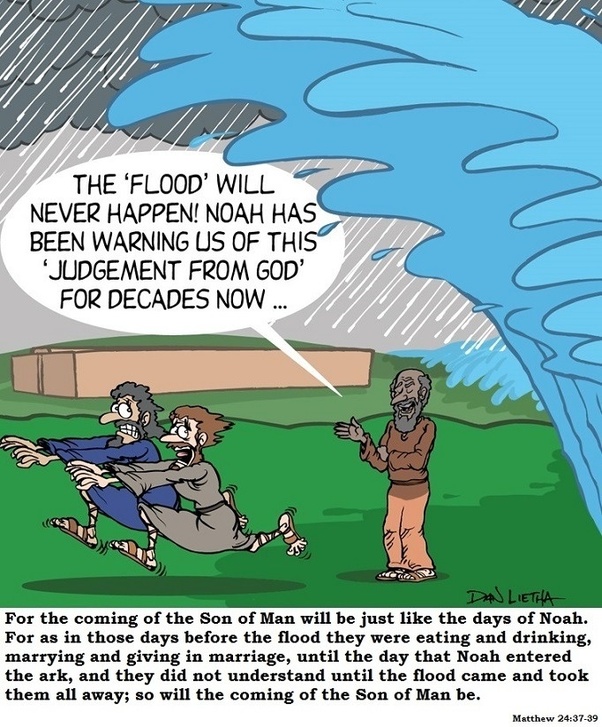
It is obvious that in the world at large, sin, degradation, and violence are the rule, not the exception. And people today are generally as certain as they were in Noah’s day that God is not going to destroy their world. But for the same reasons He sent a flood in Noah’s day, the Lord in His own due time will destroy today’s world (wicked inhabitants). Our “ark” can include righteous homes, the temple, and being immersed in the gospel and Church activity. From a temporal standpoint, it is interesting that Ezra Taft Benson once said, “The revelation to store food may be as essential to our temporal salvation today as boarding the ark was to the people in the days of Noah.”
11. How long were Noah and his family on the ark? What special challenges would this have posed to them?
They were evidently on the ark for one year and ten days. During part of that time, they were sitting on the top of Mt. Ararat, waiting for the waters to subside enough for them to emerge. Challenges would have included:
- Boredom
- Fear, during the terrible storms accompanying the flood
- Probably seasickness
- Probably lots of work, tending to whatever needs their cargo of animals may have had, and foul smells as a result of the same
- Lack of fresh vegetables and fruit to eat
- Trial of their faith, as Satan no doubt tempted them to wonder if they really were ever going to walk on dry land again
- Probable temptations to argue with each other, which is unfortunately all to normal when people are under stress
- Darkness? Though legends have it that the ark was lighted by supernatural means, much as the Jaredite barges would be years later
12. In Moses 8:12 Noah is 500 years old. Moses 8:17 suggests man would have 120 years in which to repent, but the flood came when Noah was 600 (Gen. 7:6). Why would the Lord cut 20 years off the time He gave men to repent?
Possibly the 120 year count began before Noah turned 500. Someday we’ll know for sure and will find out that the Lord was extremely patient, whatever the answer to this particular question might be.
13. Sometimes we hear a rumor that one of the predicted signs of the latter days is that the seasons will become indistinguishable. What do you see in Genesis 8 that would tend to support or refute that notion?
See Genesis 8:22, which assures us that as long as the earth lasts, there will be both summer and winter, cold and heat.
14. How could Noah be perfect? (8:27) Wasn’t Jesus the only perfect man?
Only Jesus was consistently morally perfect since birth, but others have, according to the scriptures, eventually attained a measure of perfection. An example is given in Alma 13:12, where Alma refers to righteous saints of antiquity who were “sanctified by the Holy Ghost,… being pure and spotless [and] could not look upon sin save it were with abhorrence” and accordingly “entered into the rest of the Lord their God.” It is worth noting, however, that the word in Genesis 8:27 translated as “perfect” doesn’t mean absolute moral perfection but “complete,” “whole,” or “having integrity.”
15. What else do Latter-day Saints believe about Noah and other names or titles by which he has been known?
Joseph Smith taught that Noah was the same as Gabriel and stands second only to Adam in priesthood authority. The New Testament tells us it was Gabriel who announced the upcoming birth of Jesus to Mary and of John the Baptist to Zacharias. D&C 27:7, however, indicates that the one who made that announcement to Zacharias is also known as Elias. Joseph Fielding Smith in his Answers to Gospel Questions, V. 3, viewed that as sufficient justification to declare that the Elias who appeared to Joseph Smith and Oliver Cowdery in the Kirtland Temple and restored the dispensation of the gospel of Abraham was in fact, the same who was known in mortality as Noah. If so, it is not clear why in D&C 110 Joseph Smith would have identified him simply as Elias and never emphasized that he and Noah were one and the same. Significantly, while some calculate that Noah died two years before Abraham was born, others conclude that the two overlapped for 58 years. The scriptures are silent as to whether or not the two ever met in mortality.
16. What is new about the instruction the Lord gives Noah’s family after they emerge from the ark?

See Genesis 9:2-3. It appears that for the first time, men are authorized to eat meat, under certain conditions.
17. What limitations did the Lord put on hunting?
The Lord specified it should be for “only for meat to save your lives (JST, Gen. 9:11),” and not for sport. In our day the Lord has reiterated “wo be unto man that sheddeth blood or that wasteth flesh and hath no need.” (D&C 49:21.)
18. Does Genesis 9:13 mean there were no rainbows prior to the Flood? What greater meaning should the rainbow have for Latter-day Saints than for Jews and Christians generally?
The passage does not necessarily mean there were no rainbows prior to the Flood. Some have suggested that a water vapor canopy may have covered the earth prior to the Flood, which not only provided some of the water for the Flood but also prevented rainbows from being seen and provided a more healthful environment, permitting men to live much longer than their post-diluvian descendants. Genesis 2:5-6 is quoted as further evidence that it didn’t rain in the early ages of the earth’s history.
But Genesis 1 indicates that the Lord put stars in the heavens to help give light to the earth, and a thick water vapor canopy would have kept anyone from seeing the stars for the first 1600 years of the earth’s history. And the absence of rain cited in Genesis 2:5-6 referred to a time even prior to the planting of the Garden of Eden. There is no necessary reason to believe that condition endured for centuries. It seems quite possible that rainbows always existed but that the Lord designated them after the Flood to be a visual symbol of His covenant with Noah’s family—not simply that there would be no more universal floods, but that He would keep His promises if Noah’s descendants would keep theirs. See JST, Genesis 9:21-25 for additional latter-day insights into the rainbow’s intended symbolism.
19. What sense can we make of the story of Noah’s garment in Genesis 9:21-27?
Dr. Hugh Nibley wrote: “The Apocryphal writers, Jewish and Christian, have a good deal to say about this garment. To quote one of them: ‘The garments of skin which God made for Adam and his wife, when they went out of the garden, were given … after the death of Adam … to Enoch’; hence they passed to Methuselah, and then to Noah, from whom Ham stole them as the people were leaving the ark. … Thus, we are to understand that Ham took the garment of his father while he was sleeping and showed it to his brethren, Shem and Japheth, who took a pattern or copy of it (salmah) or else a woven garment like it (simlah) which they put upon their own shoulders, returning the skin garment to their father. Upon awaking, Noah recognized the priesthood of two sons but cursed the son who tried to rob him of his garment.”
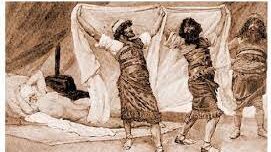
20. What was so wrong with the idea of a tower which would reach the heavens? Don’t we encourage our members today to prepare for natural disasters? And to get as close to heaven as we can? What else is worth remembering about the Tower of Babel story? (Genesis 11.)
There may have been more than one misguided purpose in their building the tower:
- One may have been to be high enough to avoid the effects of another flood. This would have been trying to avoid the consequences of sin without having to avoid sin itself. It would also be a manifestation of a lack of faith in the Lord’s promise that He would not send a similar flood upon the earth again.
- Some sources suggest that they were trying to reach heaven, or Enoch’s city, which they knew had been taken up.
- Other sources indicate that some of them wanted not to enter heaven but to get close enough that they could shoot their arrows at the heavenly beings who had been responsible for the flood!
The most important preparation we can make for latter-day calamities is to live righteously enough to merit divine aid. But yes, we are also urged to make temporal preparations so that we can survive the natural and man-made disasters which may come and have sufficient in store to share with others less fortunate.
